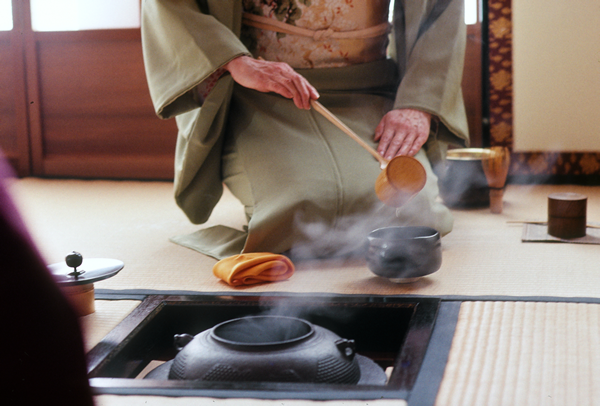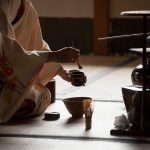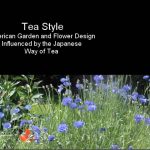This is a fascinating deconstruction of a tea house. It’s all glass, whereas tea houses of the past were dark, enclosed spaces where you could hardly see. Light and shadow were paramount aspects. But here – all is revealed.
I would love to have tea in this space. Moving through the Roji one is certainly transformed.

This ‘glass tea house mondrian’ by Japanese artist Hiroshi Sugimoto unites wood, glass and water as a pavilion, holding the traditional Japanese tea ceremony within its transparent wall. Read more about this tea house inspired by Venetian Glass.
In winter a Camellia is the preferred flower in the tearoom. It blooms from October through April. Each flower may last for several days but only the bud is used with a deciduous branch from a shrub or tree such as Viburnam or Fothergilla.
The structure of the branch is what is most appreciated. During a tea gathering, which can last four hours, the Camellia bud will slowly open.
– excerpt A Tea Garden in Tivoli
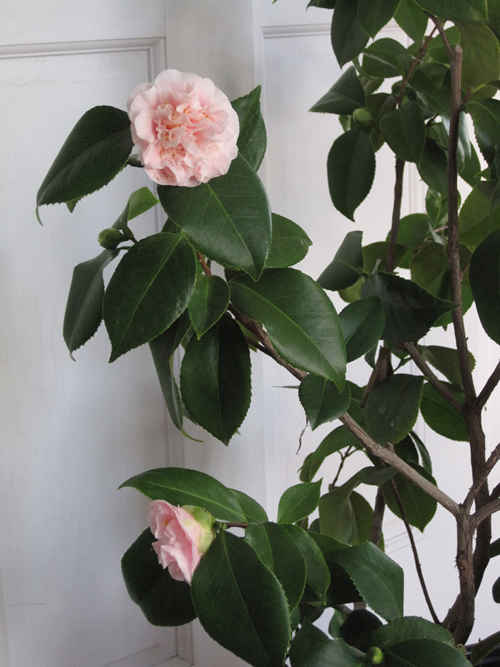
Camellias are native to China and Japan. They grow well in moist mild winter areas.
Here in Zone 5, I overwinter potted Camellias in a cold room of my house
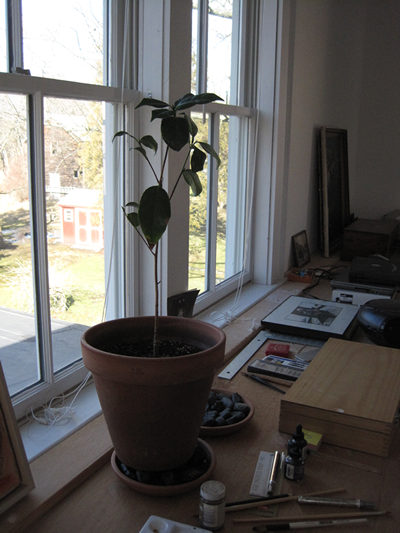
This Camellia is called Shiro Wabisuke which I ordered
from Nuccio”s Nurseries
www.nucciosnurseries.com
It will have small, single white blossoms.
There are over 250 species of Camellias. The most widely grown are the Camellia Japonica. In the United States , Camellias grow well in moist, mild winter areas like the South, California, and the Pacific Northwest.
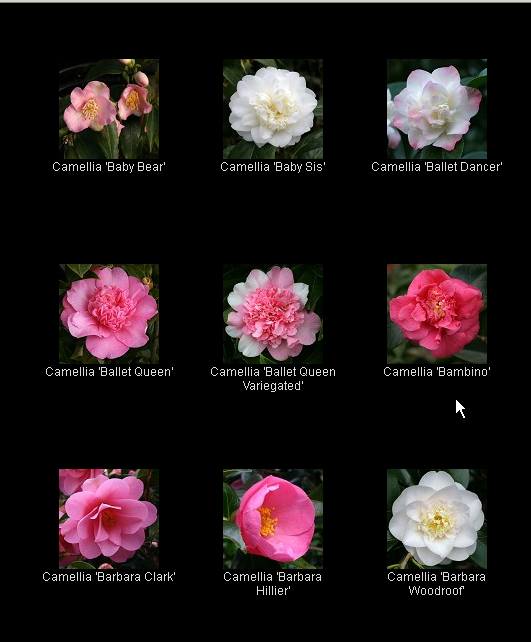
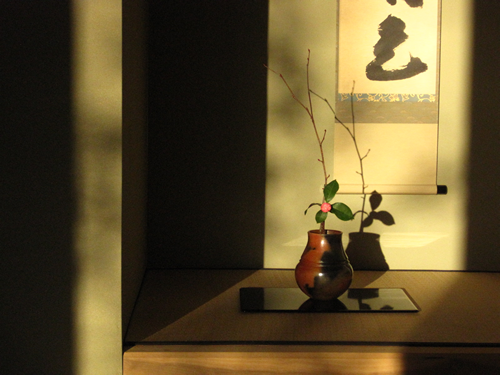
Camellia Japonica with a branch of Arrowood Viburnam.
The vase is a Native American Navajo pot.
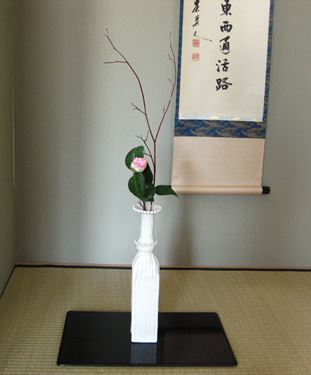
Camellia called Akebono “Dawn”. The vase is by the American potter Frances Palmer.
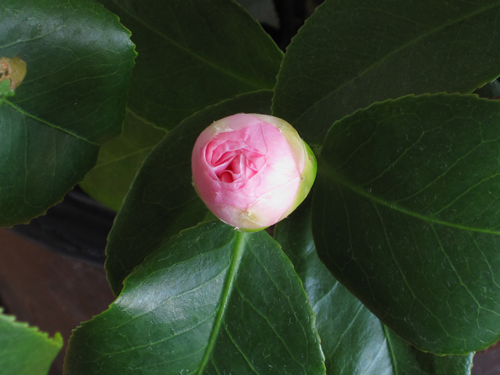
While the flowers are very beautiful, only the bud is used in Tea.
It will slowly open during the tea gathering.
Links:
Nuccio”s Nursery
Frances Palmer Pottery
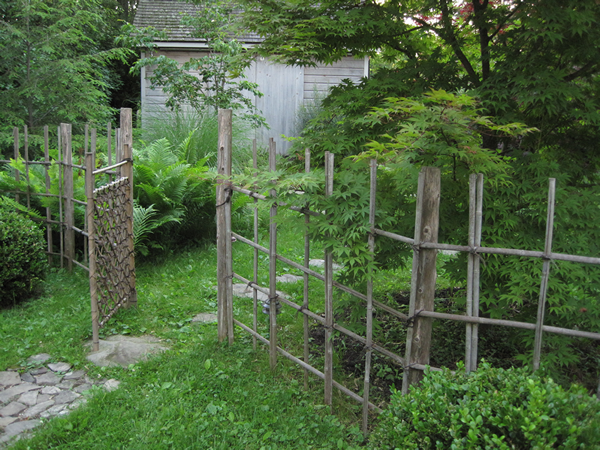
It was always my dream to have a place to make tea for friends. It needed to be an empty room at least nine feet square. Our house didn’t have space, but we did have a tiny patch of land in the back yard.
In Japan in the 16th and 17th century, Tea was a dynamic part of the culture. Urban retreats were in vogue where poetry and tea gatherings took place in thatched huts built in the back gardens of city homes.
In this setting merchants and warlords avidly cultivated one another. Tea gatherings framed discussions of war and trade, but they also were occasions for the appreciation of art, architecture, interior design, food preparation, and gardening.
With this spirit of the modest thatched retreat I designed a tea house in the back of my property. I hoped to build a refuge or a place that had the feel of what Rikyu, the great Tea master of the 16th century called, “A place of tranquility”.
– excerpt A Tea Garden in Tivoli
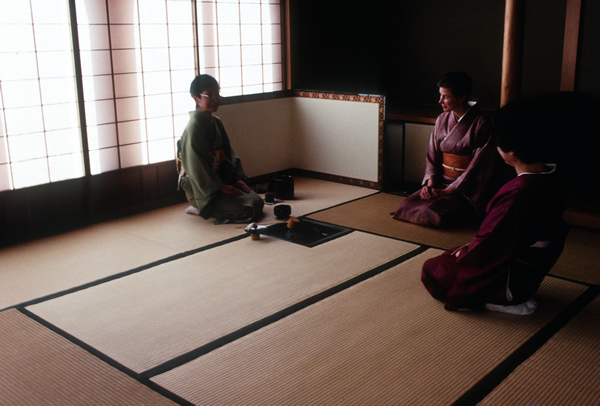
In summer, guests come early for tea, before the heat of the day. The garden is sprinkled with water; the stepping stones glisten in the early morning light, moist and cool like a path through a forest. There is a sense of bridging, crossing over, proceeding deep into the garden and leaving the dust of the world behind. The leaves rustle in the wind. A covered waiting area appears where the guests sip cool, freshly drawn water from translucent porcelain cups. Water drawn from the same source will be used later for the tea.
The tea house is made of the most ordinary materials: thatch, bark, reeds, bamboo, wood, paper, and clay. The entrance is low, a tiny door only two feet square. One by one, the guests approach a stone step, bend low, and scoot into a small room of shadow and light. They are greeted by the gentle sound of simmering water and the delicate aroma of sandalwood. A scroll hangs in the dimly lit alcove with words that speak of wind or water. Moistened reed blinds cover the windows, droplets of water glitter in the sun. The feeling is cool and refreshing.
In fall or winter, guests arrive in the late afternoon or evening. They make their way along a path scattered with red oak leaves. The tea room is warmed by oil lamps and candles, and the fragrance of aloe wood and clove fills the tiny space. The kettle simmers on a sunken hearth near the middle of the room. The guests gather close to watch as the host adds charcoal to the fire.
A light meal of hot soup, rice, grilled fish, and pickles is served on black lacquer trays and ceramic dishes. Sake is poured into shallow red cups. A cedar tray with delicacies from the mountain and the sea is passed. A stacked box filled with truffle-like sweets is left for the guests to eat. They adjourn to the waiting area, where they sit for a moment and enjoy the garden.
When the guests return, they find the tea room changed. In the alcove where the scroll had been there is now a simple flower arrangement in a bamboo vase—a maple branch and a white camellia. The kettle has been joined by objects used for making tea: a ceramic water jar and a small ceramic tea container encased in a silk bag. The mood of the gathering has deepened, and now all are silent.
The host enters the room with a single tea bowl. The sound of his feet brushing the tatami mats mingles with the gentle hissing of the kettle. His movements are rhythmic and smooth as he unwraps the tea container from the silk bag, wipes the bowl, scoops in powdered tea, and ladles water from the kettle. Movement to movement, the gestures seamlessly merge as he mixes the tea and water with a small bamboo whisk.
The tea bowl is placed in front of a guest. He picks it up. The rough black ceramic is like a warm stone in his hand, a landscape of emerald green tea inside. All is quiet: the taste of the tea, the company of others, the heart of the host. The words of the scroll still linger in the mind and lead to a deep feeling for things of the moment.
